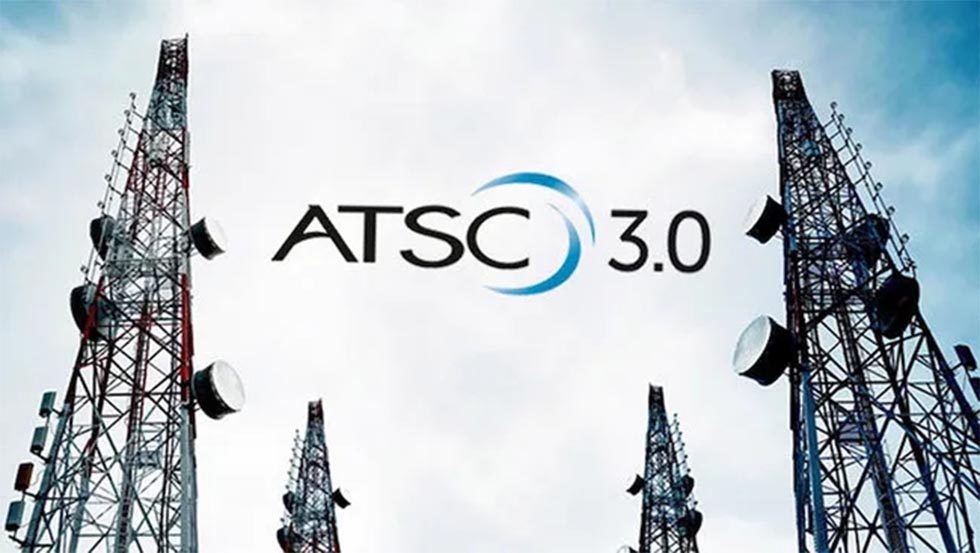Virgin America Begins In-Flight Internet Service Tests
Virgin America has started offering wireless Internet on one of its Airbus 320 aircraft, with initial reports indicating the service is successful. If the trial goes well, Virgin America intends to roll out the service to the other planes in its fleet next year.
Virgin America’s in-flight WiFi uses Aircell’s “Gogo” service and according to reports from persons on the test flight last Sunday, the service provided data rates at least as good as terrestrial networks using the same EVDO Rev. A technology.
Glenn Fleishman, a writer with WNN (WiFi Net News) was on the flight. His article, Observations on Gogo Internet from Virgin America Launch Flight, discusses Aircell’s technology.
As you may recall from previous RF Report articles, Aircell was one of the winners in the auction for the 800 MHz ground-to-aircraft frequencies previously used by Verizon for its Airfone service. The current Gogo service uses EVDO Rev. A, but Fleishman said he gleaned that Aircell was looking at LTE, which could double or quadruple the raw 3.1 Mbps (the actual data rate will be lower due to overhead) EVDO Rev. A rate. Fleishman’s article has links to other reports on the flight.
American Airlines is already offering Gogo Internet on some of its flights, and JetBlue offers limited Internet (Yahoo and Blackberry e-mail and messaging) on some flights using LiveTV’s 800 MHz service. Southwest and Alaska Airlines plan to test in-flight Internet using Row 44’s service. Unlike the Aircell and LiveTV, Row 44 connects to the Internet via satellite. This allows it to work over water and on routes out of range of the 800 MHz ground stations.
Get the TV Tech Newsletter
The professional video industry's #1 source for news, trends and product and tech information. Sign up below.

Doug Lung is one of America's foremost authorities on broadcast RF technology. As vice president of Broadcast Technology for NBCUniversal Local, H. Douglas Lung leads NBC and Telemundo-owned stations’ RF and transmission affairs, including microwave, radars, satellite uplinks, and FCC technical filings. Beginning his career in 1976 at KSCI in Los Angeles, Lung has nearly 50 years of experience in broadcast television engineering. Beginning in 1985, he led the engineering department for what was to become the Telemundo network and station group, assisting in the design, construction and installation of the company’s broadcast and cable facilities. Other projects include work on the launch of Hawaii’s first UHF TV station, the rollout and testing of the ATSC mobile-handheld standard, and software development related to the incentive auction TV spectrum repack. A longtime columnist for TV Technology, Doug is also a regular contributor to IEEE Broadcast Technology. He is the recipient of the 2023 NAB Television Engineering Award. He also received a Tech Leadership Award from TV Tech publisher Future plc in 2021 and is a member of the IEEE Broadcast Technology Society and the Society of Broadcast Engineers.
